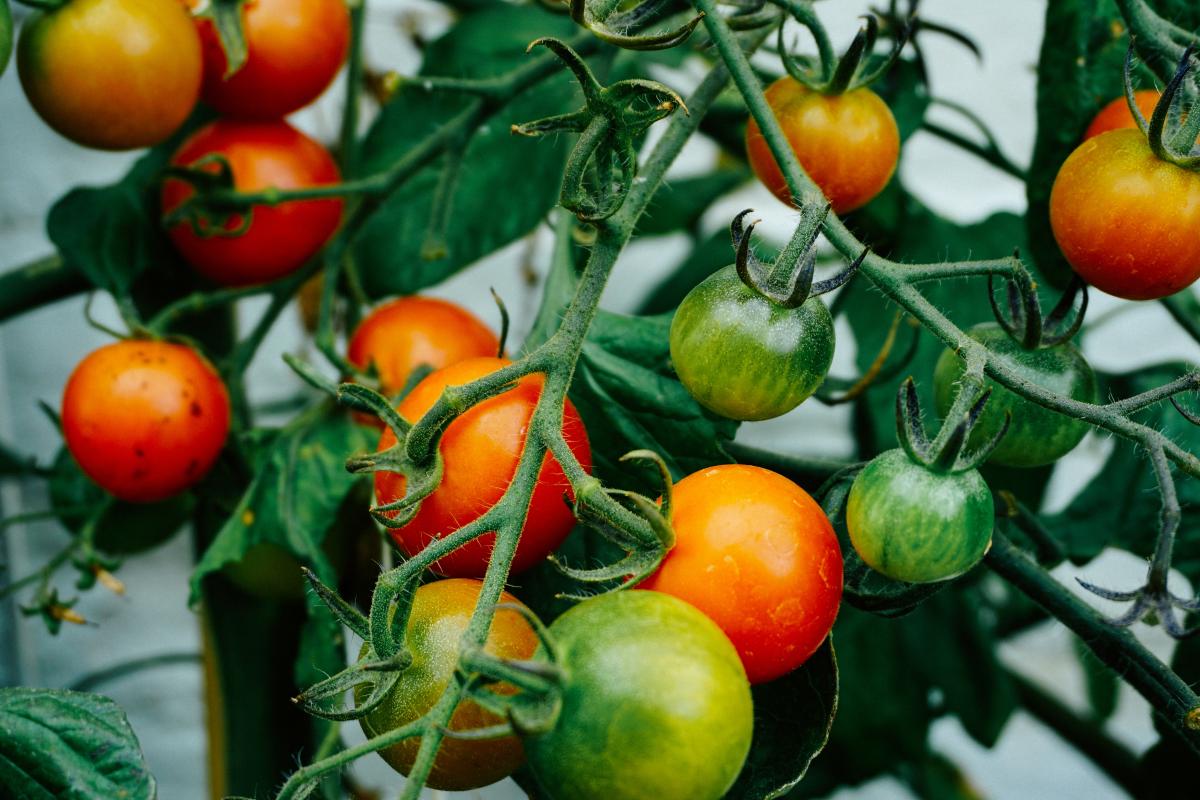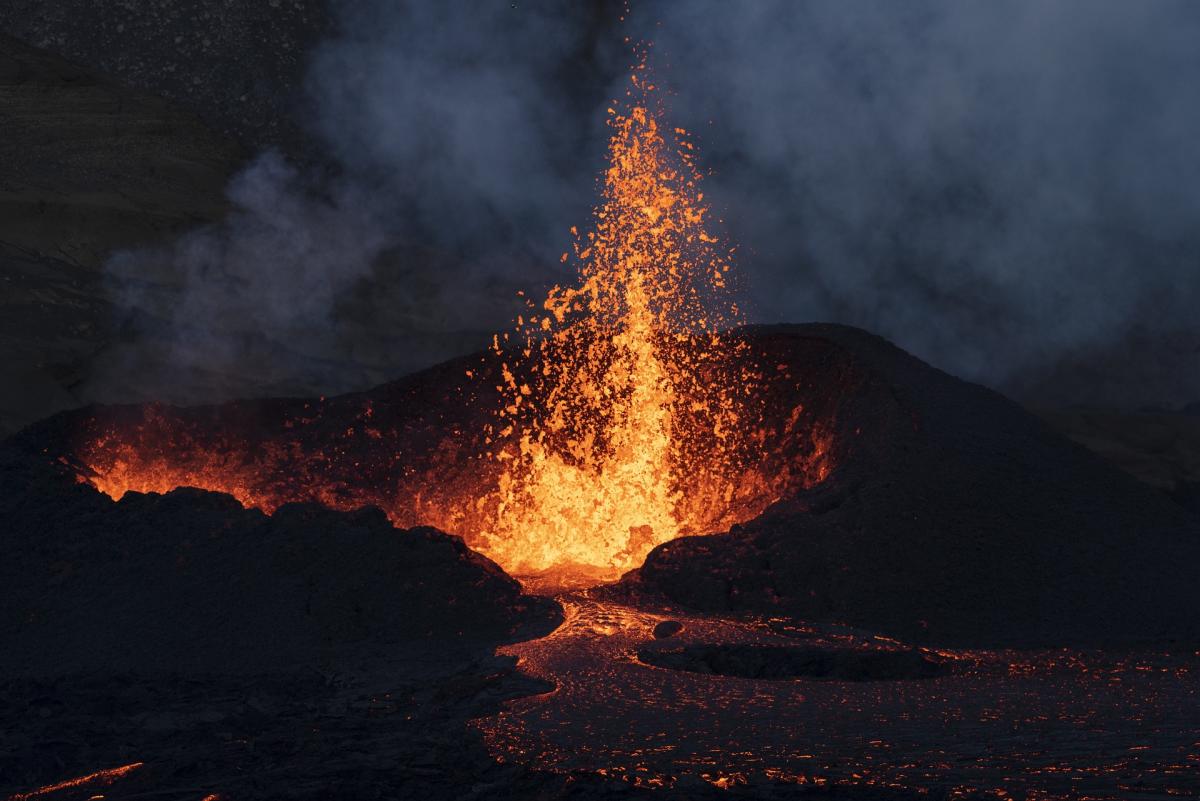
Students will continue from their research and start an investigation to help with their solution. They will first learn about compost and what it does. They will then develop and investigation and

Students will continue from their research and start an investigation to help with their solution. They will first learn about compost and what it does. They will then develop and investigation and

This lesson plan explores the science of natural disasters such as hurricanes, tornadoes, earthquakes, and volcanoes, and hurricanes. It is a lesson that would help enhance student's vocabulary and

Methane emissions are far more potent then CO2 emissions in the short-run in the atmosphere yet this is rarely covered in the media. Students will create a multi-media public service campaign to cover

In this lesson, students will build on what they understand about heat/energy transfer to research, design, and construct solar cookers.

Hot Air Ballooning in Arizona is a two day science and engineering lesson. Students explore how to create a model hot air balloon and talk about the science behind it. This lesson compliments the

In this challenge students will use various materials to build a flood barrier that will protect their home during a flash flood.

What is a geometric shape? Observe and discuss a variety of geometric shapes. Similar/different? Mathematical geometry vocabulary/activities with shapes Engineering a geometric playground Share or

This lesson and accompanying activity are designed to introduce students to the celestial coordinate system used for location objects and locations in the sky. This lesson will also introduce students

An introduction to Kepler's 1st Law and ellipses. The lesson includes some guided notes for students as well as a hands on activity where students will draw, measure, explore, and conduct calculations